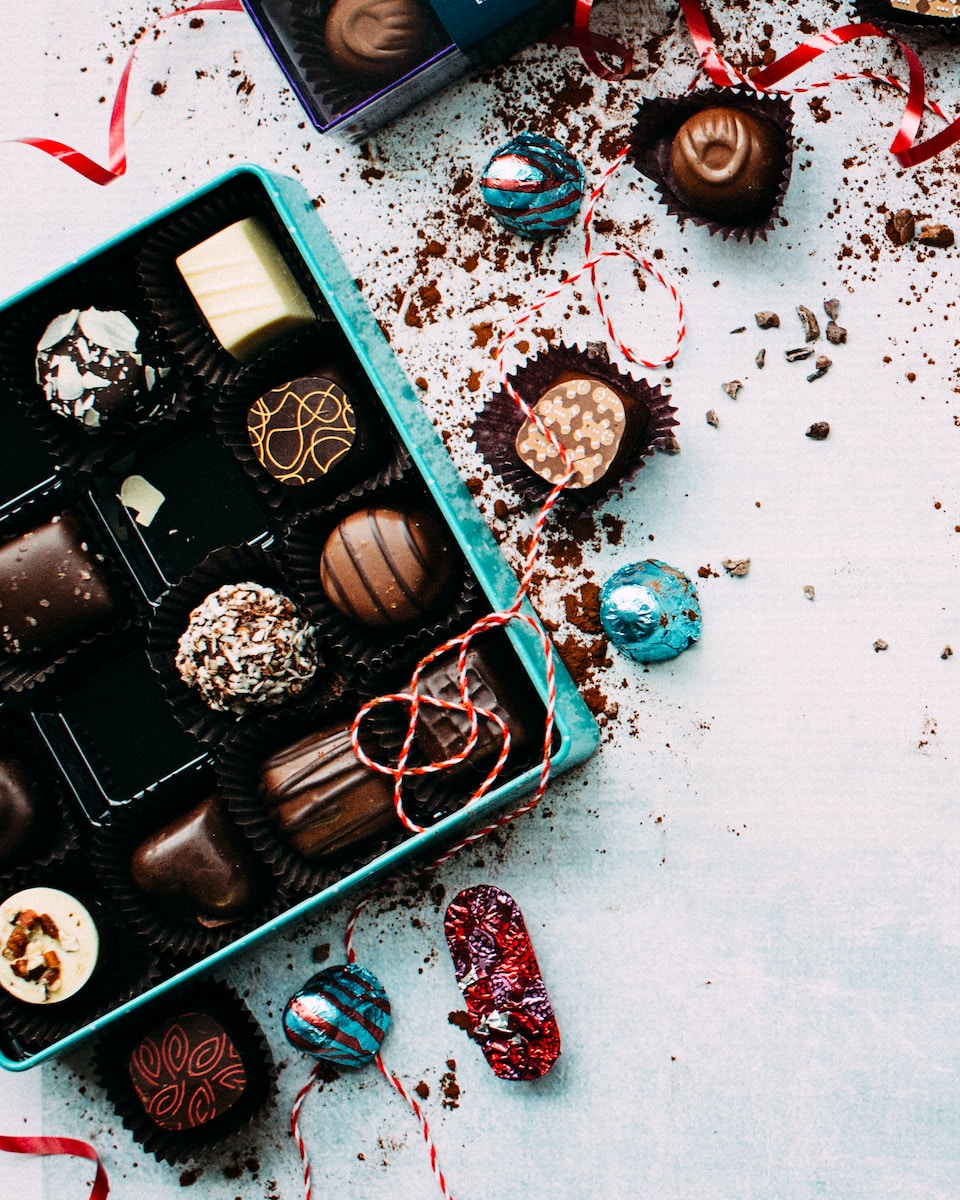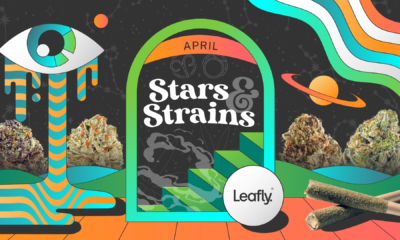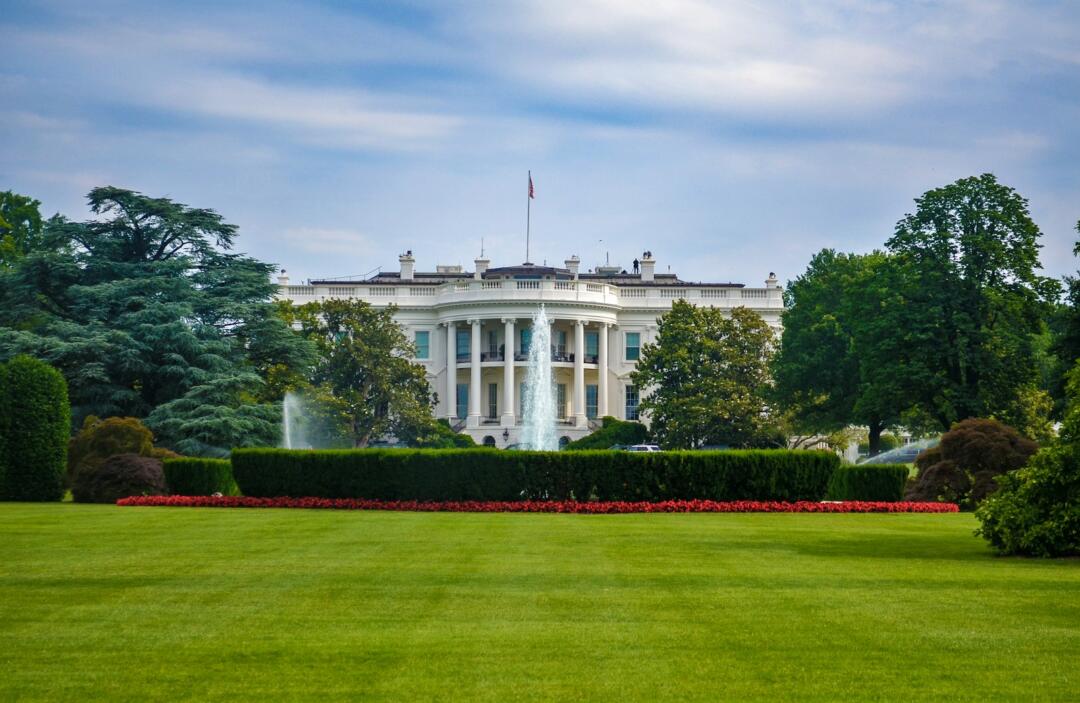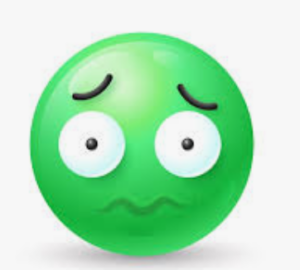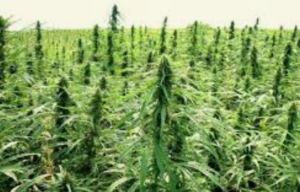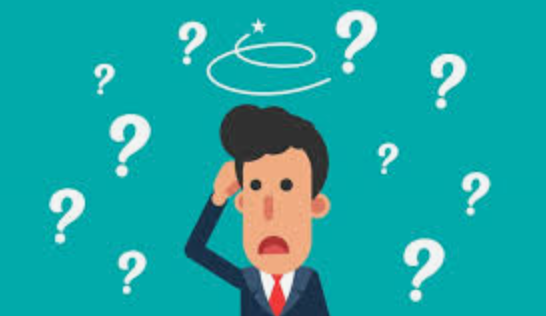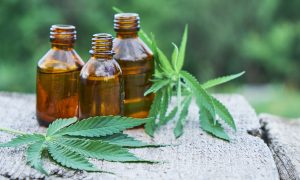Using marijuana has become more socially acceptable. Nearly half of adults (48%) say they have at least tried marijuana, in line with the 43% to 49% range recorded since 2015. People are finding it a less caloric choice than beer, easy to find in a significant number of states, and there is no hangover. But for the millions who esophageal issues or just don’t like to smoke and are new or new”ish” to consuming – here are some options!
Infused Food
Forget the cliche brownie, today’s world includes an entire menu of delicious treats. Top chocolatiers have been making master creations in high end retailers and amateurs have been having success at home. Have have you tried pulled pork? Mac & cheese? Caramel corn? Foie gras? Low dosage food can combine a variety of sensual experiences and make for a wonderful journey.
Thanks to ever-growing acceptance from consumers and lawmakers, cannabidiol (CBD) and tetrahydocannabinol (THC), as well as food and beverage products containing them, are booming in popularity. Sales of CBD, now legal in some capacity in 46 states, reached $5.3 billion in 2021, a 15% increase from the year before, and are predicted to hit $26 billion by 2026!
Beverages
The global cannabis beverages market is expected to reach $19,063.58 Million by 2028.Big names like Molson-Coors, Pabst, Sam Adams, are more are now producing non-alcohol cannabis infused beverages available for purchase. There are also tasty infused lemonades and sodas on the market to tickle your palate. The
cannabis cocktail culture is already a full-blown trend in trendy West Hollywood, NYC, and other hot spots.
RELATED: 8 Things You Need To Know About Eating Marijuana Edibles
And for those who want a little caffeine jolt with their cannabis, there are infused coffees you can buy at a retail store. Or you can brew your own easily at home.
Tinctures
Cannabis tinctures have been around for centuries but fell out of favor in the 1930s following the U.S. prohibition of marijuana. But the potent method is making a comeback as more and more Americans find non-smoked marijuana healthier and cleaner.
Tinctures are essentially concentrated marijuana in liquid form. Dosing varies depending, but in general an eyedropper or two. When you read a story about a child using CBD oil to combat epileptic seizures, chances are he or she is medicated via tincture.
Tinctures are discreet and easily fit in a purse or pocket. Add an eyedropper to a beverage or take it straight.
Skin Care
Yes, you can bathe, exfoliate, shampoo, shave and moisturize with marijuana. Don’t fear the skunky marijuana smell; these products are not only infused with cannabis, but they contain natural scents such as lavender, mint and citrus.
Concerned skin-care products get me high? Most products are made with hemp, marijuana’s non-psychoactive cousin. And even if THC was present in these products (most don’t), it will not be absorbed by the CB2 receptors on your epidermis. So you get the therapeutic benefit without any of the euphoria.
RELATED: What Is The Safest Way To Consume Cannabis?
Vape Pens
Vape pens are the third most popular category in Canada and second most popular in the US, capturing 17.1% and 23.6% market share respectively according to respected data firm Headset. The slim, inconspicuous, ubiquitous devices have become standard use factor for many enthusiasts. The vape pens are easy to carry and conceal when discretion is key. If convenience, cost and efficiency matter to you, consider a vape pen.
Vape pens, as the name implies, is a vaporization method, meaning there is no combustion of plant matter. The heating element brings the temperature just hot enough to create a light vapor. No inhaling smoke.
Vaporizers
For home use, larger vaporizers are becoming trendy. The Volcano he industry standard for years and is the go-to device used by Bill Maher, Willie Nelson, and other cannabis aficionados. The Herbalizer is an egg-shaped contraption that looks like something from the future.
Related: What Is The Safest Way To Consume Cannabis?
These appliances come at a high price, but are worth it in the long run since they require less herb to achieve the required effect. Plus, they are healthier for you than smoking.
Concentrates
For the more adventurous think wax, shatter, oil or crumble. You’re going to be hearing these terms a lot if you start hitting up the local marijuana store.
These are concentrates typically producing an enhanced and quicker high. If you are a beginner, be careful. Concentrates are for those with a higher tolerance for THC and/or medical patients that require super-intense dosages.
My advice: Leave these extracts to those who know what they’re doing. Find a savvy friend to show you the ropes the first few times. And prepare to sit or lay down.
Please note, synthetic marijuana is NOT an alternative. Please leave that stuff to the amateurs. This weekend, kick back, chill and have an adventure.

 Cannabis News2 years ago
Cannabis News2 years ago
 One-Hit Wonders2 years ago
One-Hit Wonders2 years ago
 Cannabis 1012 years ago
Cannabis 1012 years ago
 drug testing1 year ago
drug testing1 year ago
 Education2 years ago
Education2 years ago
 Cannabis2 years ago
Cannabis2 years ago
 Marijuana Business Daily2 years ago
Marijuana Business Daily2 years ago
 California2 years ago
California2 years ago


